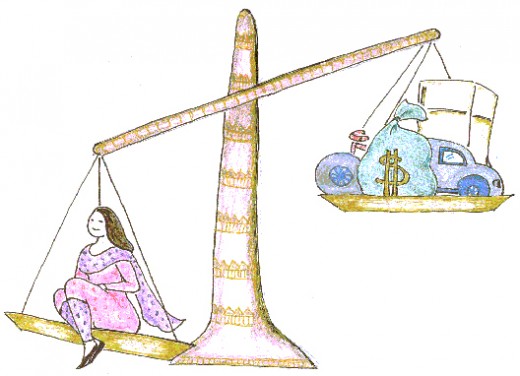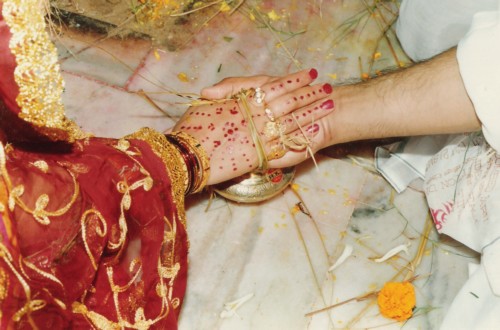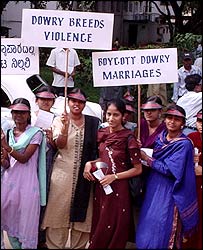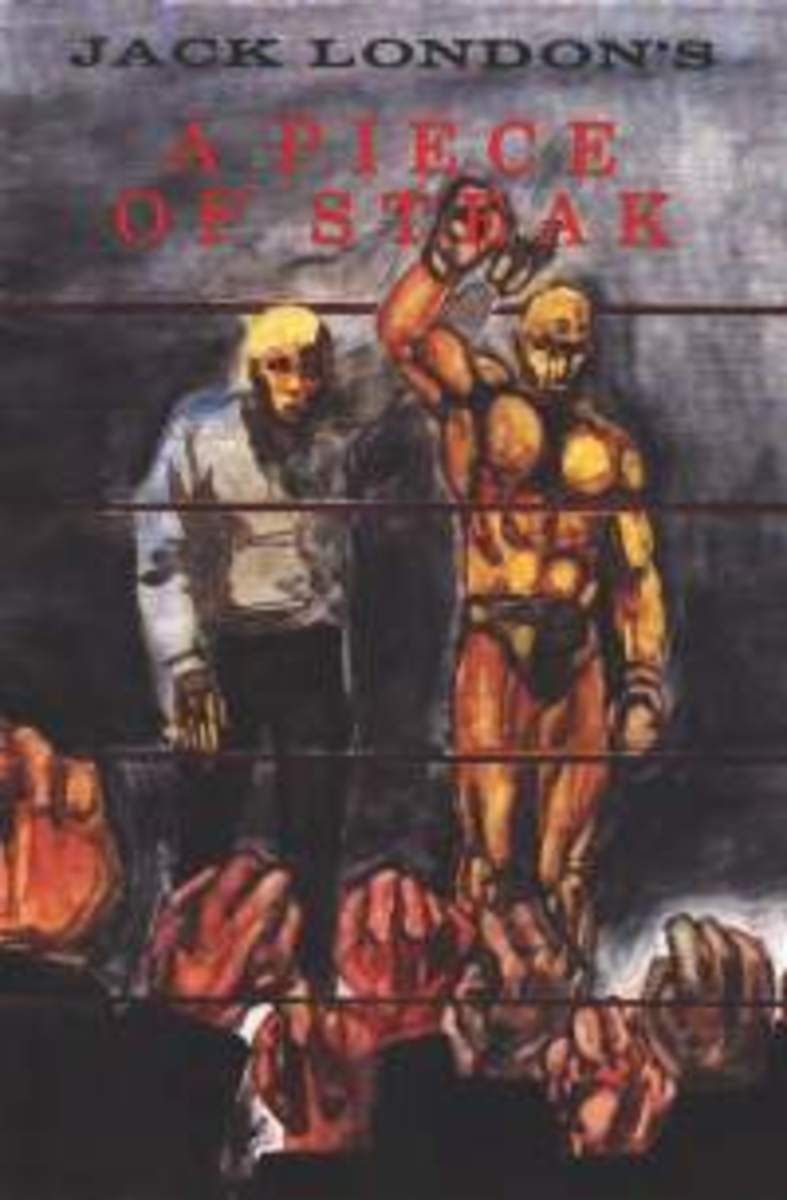System of Dowry in India

Dowry is the money, valuables, goods, estate or property which the bride party gives to the groom's party in exchange of marriage. Dowry system in India has its own background, initially, dowry was an institute in which gifts and presents were given to the girl at the time of her marriage by her parents. The element of compulsion on the part of bride's parents was absent in it. But over the past two centuries, it has undergone changes in its meaning and has an element of compulsion. Today, dowry means the property demanded by the boy's people according to what they think as the value of the boy, from the bride's people. Accordingly, the bride's people as per the oral agreement, pays dowry either before marriage or at the time of marriage or after marriage is performed. Dowry, thus, has become the right of a groom and his parents.
Dowry variations correspond to social-cultural variations in terms of caste, class, family, religion, region, ethnicity and values. Among the lower casts where bride-price system is prevalent or where patriarchal system of family is weak, dowry has not become a social problem. On the contrary, the practice of dowry has become a status symbol especially for the upper castes, agricultural castes and the dominant castes. There are dowry packages among the upper, agricultural and dominant sections of Indian society.
The rapid social changes in terms of industrialization, urbanization, new avenues of education, new employment opportunities, higher standard of living, sanskritisation and so on have increased the incidence and the dimension and magnitude of dowry. Dowry amounts vary from thousands to crores of rupees. The items to be given and the entire arrangements to be made at the time of marriage are to be carried on in accordance with the wishes of bride-takers, the groom and his parents. Especially, the couple in urban areas demands only those items of dowry which are needed for their newly established household. Thus the dowry variations occur in relation to social structure, social change and changing cultural values.

Causes for the System of Dowry in India
The factors and forces responsible for the practice of dowry in India are: early marriages for girls, limited field of marriage, hypergamy, patriarchy, importance of education a false sense of prestige, materialistic attitude and economic prosperity.
Consequences of the of Dowry System
The consequences or demerits of dowry system include: female infanticide, late marriages for some girls, unsuitable matches for girls, lowering of women's status, breakdown of marriage, unhappy married life, tension between two families, increase in immorality, increase in mental diseases, suicide and impoverishment of middle class families by paying heavy dowries and a large number of dowry deaths.

Dowry deaths
The importance of dowry in India continues despite its having been out lawed in 1961 by the Dowry Prohibition Act, 1961 which was amended as the Dowry Prohibition (Amendment) Act 1986, and also despite considerable protest from women's groups in India. In 1986, three Indian girls in England reportedly killed themselves because of fear that mother would be unable to provide them dowries, of particular concern is the practice of parents demanding increased dowries of their daughter-in-law's family after marriage. such demands are sometimes accompanied with threats to kill the bride or they may lead her to commit suicide.
Every year dowry deaths are increasing. In 1990 there were 4,148 cases of burnt or suicide themselves by their in-laws because their families failed to supply the level of dowry promised at the time of marriage or subsequently demanded. in this context, the highest occurred in Uttar Pradesh (1,516), followed by Maharashtra (858), West Bengal (420) and Madhya Pradesh (397). These four states together account for 76.9% of the total cases in India.
Delhi police recorded 421 cases of bride-burning in 1980, 568 in 1981, 619 in 1982, 42 3 in 1987 and 441 in 1991. In 1986, there were reports of 30 brides being killed shortly after marriage and another 182 beaten, tortured or starved. in Andhra Pradesh, against 14 cases registered in 1983, there were 27 cases in 1984, 160 cases in 1985, and 171 cases in 1991. in Maharashtra, the number of dowry cases increased from 173 in 1985 to 368 in 1987 and 862 in 1991. in Bihar 311 dowry deaths occurred in 1991 as against 229 in 1987 and 113 in 1986.





